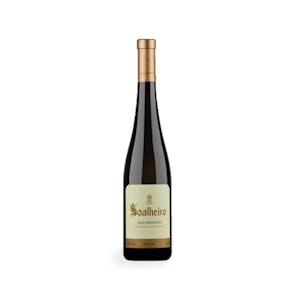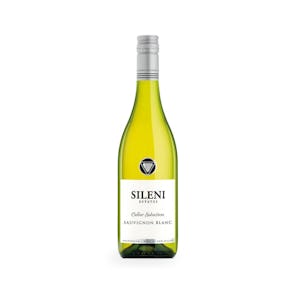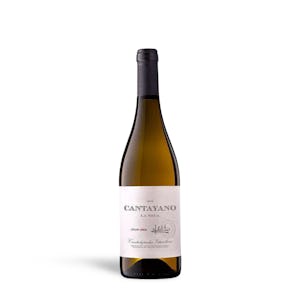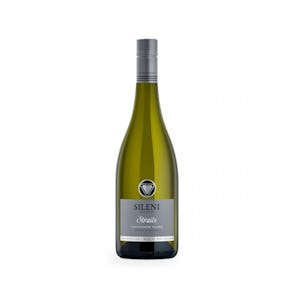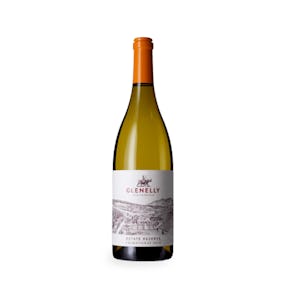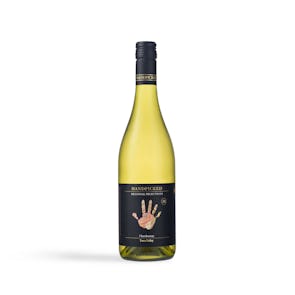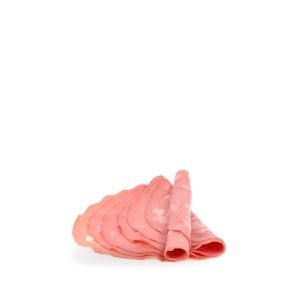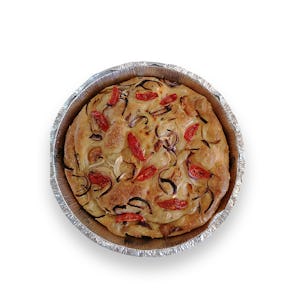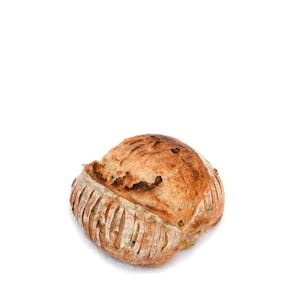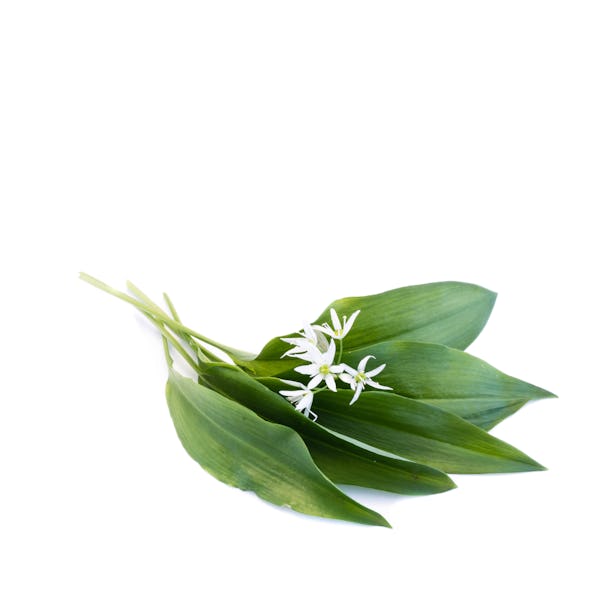
Ail des Ours (Wild Garlic or Bear's Garlic)
Nature's Spring Jewel
Tasting Notes from the Curator
Bear’s garlic is a wild, pungent and spicy garlic. Bear garlic leaves are thin and bring a spring freshness to dishes. Its smell and aroma are very similar to that of garlic but are less intense. Another difference between grass and clove: Bear garlic is a plant that leaves a much less “garlic aftertaste” after consumption.
Bear’s garlic, which has a short season from April to June, grows wild on moist soils in deciduous regions, which is why it is called (also because of its garlic aroma) “wild garlic”. The bulb and the flowers are edible, the few leaves of wild garlic, on the other hand, lose their strong aroma at the time of flowering, so they should be used beforehand.
The perennial wild herb related to chives, onion and garlic belongs to the Amaryllidaceae family. It is widespread in temperate climate regions of Europe and parts of Asia.
Preparation or Pairings
Fresh bear’s garlic is usually finely chopped and mixed into the dish or sprinkled on top at the end of cooking. Bear’s garlic loses its aroma when cooked because the sulphur compounds it contains are destroyed by heat. The aromatic herb must therefore be added at the end of preparation. The few whole leaves of wild garlic can also be used for decoration. The white flowers like the bulb are edible. The flower buds of bear garlic can be used as capers and are also a refined touch in salads.
Did you know that? If you assume that bears are hiding behind its name, according to popular belief, you are right. The wild grass was already nicknamed so by the Romans. Various theories explain its origin. One of them suggests that aromatic and medicinal plants were named after large animals that symbolized strength. Another legend tells that bears, after hibernation, first strengthen themselves with bear garlic.
Here’s how to make the most of the aroma of bear’s garlic:
- It is best to use bear garlic quickly - it can be kept for several days rolled up in a cool, moist cloth. Its shelf life can be considerably extended by soaking it in olive oil or turning it into pesto.
- Finely chopped or cut into strips, it adds its own personal touch to all kinds of breads and herb and potato cottage cheese.
- Fresh bear’s garlic gives salads and soups a touch of spring, but also season pasta sauces with its powerful and aromatic spiciness.
- Serve bear garlic dips with bread, vegetables or grilled meats.
Our tip: Bear Garlic Pesto
An aromatic and spicy pesto can be made with a few tender leaves. The tender leaves can be used to make an aromatic and spicy pesto. To do this, toast 30 pine nuts in a frying pan without adding any fat. Then chop the cooled pine nuts finely and mix them in a blender with 30 grams of bear garlic. Puree the mixture by adding four tablespoons of vegetable stock and six tablespoons of olive oil. Add 30 grams of grated Parmesan cheese and mix and season with salt and pepper - that’s it!
Origin and history of bear’s garlic
Bear’s garlic is native to Europe. It was once particularly known as a magical plant of the Celts and the Germans. Today it is widespread as far as Northern Asia. The cultivation areas are in Eastern Europe. It was already mentioned in ancient times and in the Middle Ages. In the settlements of the Alpine chain of the Neolithic period, remains of bear’s garlic were discovered. In the time of the Germans, bear’s garlic was nicknamed “hramusan”, which in German gave the term “Ramsen”, another name for the plant. Places with “Rams” in their name (e.g. Ramsau) indicate that there was or still is a lot of bear garlic there. Seasoning Ideas : With its powerful aroma, bear’s garlic is almost self-sufficient. It goes well with basil, oregano, parsley, chives and onion.
Storage Instructions
Bear’s garlic is really sensitive and as is can only last 4 to 7 days, stored like salad and other herbs. You can be easily preserved in olive oil or by preparing a delicious pesto to enjoy. Start by washing the leaves well to remove the soil. Dry them carefully in absorbent paper or in a clean cloth. Finely chop the bear’s garlic.

